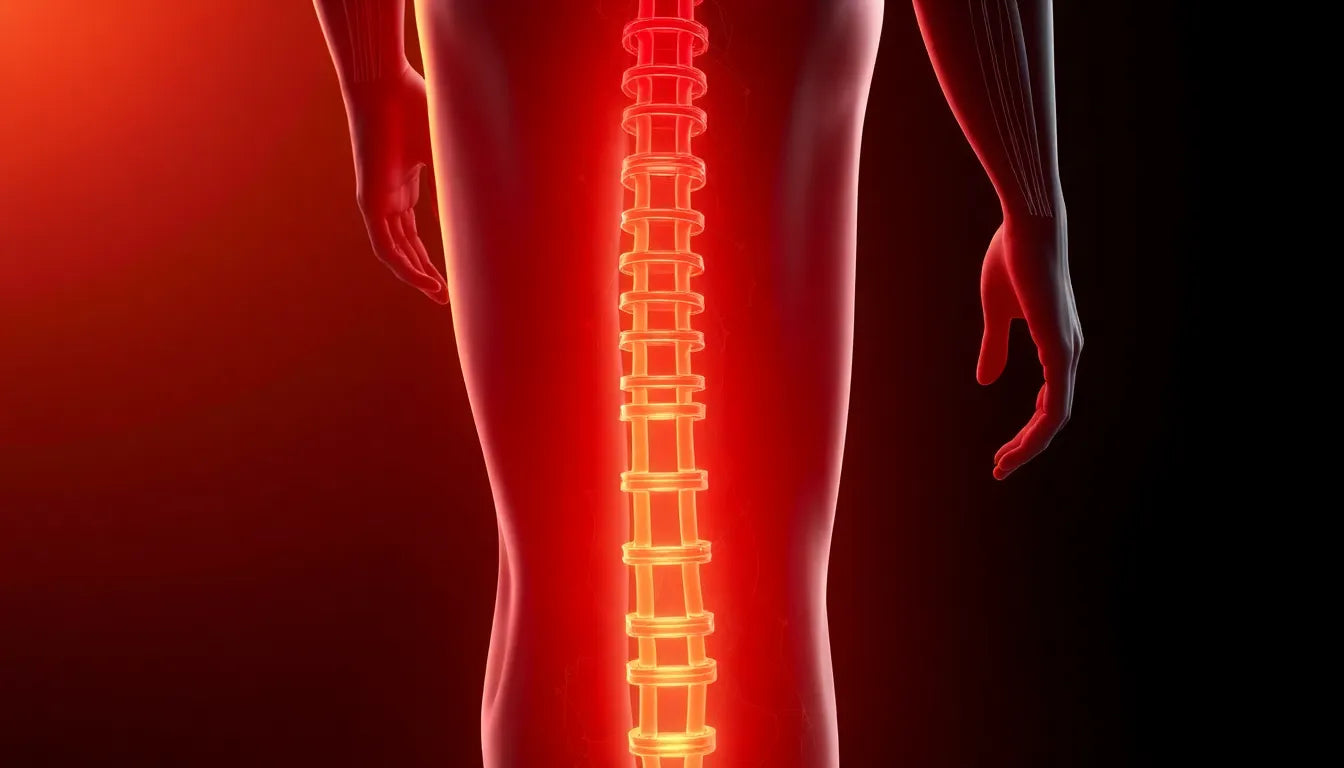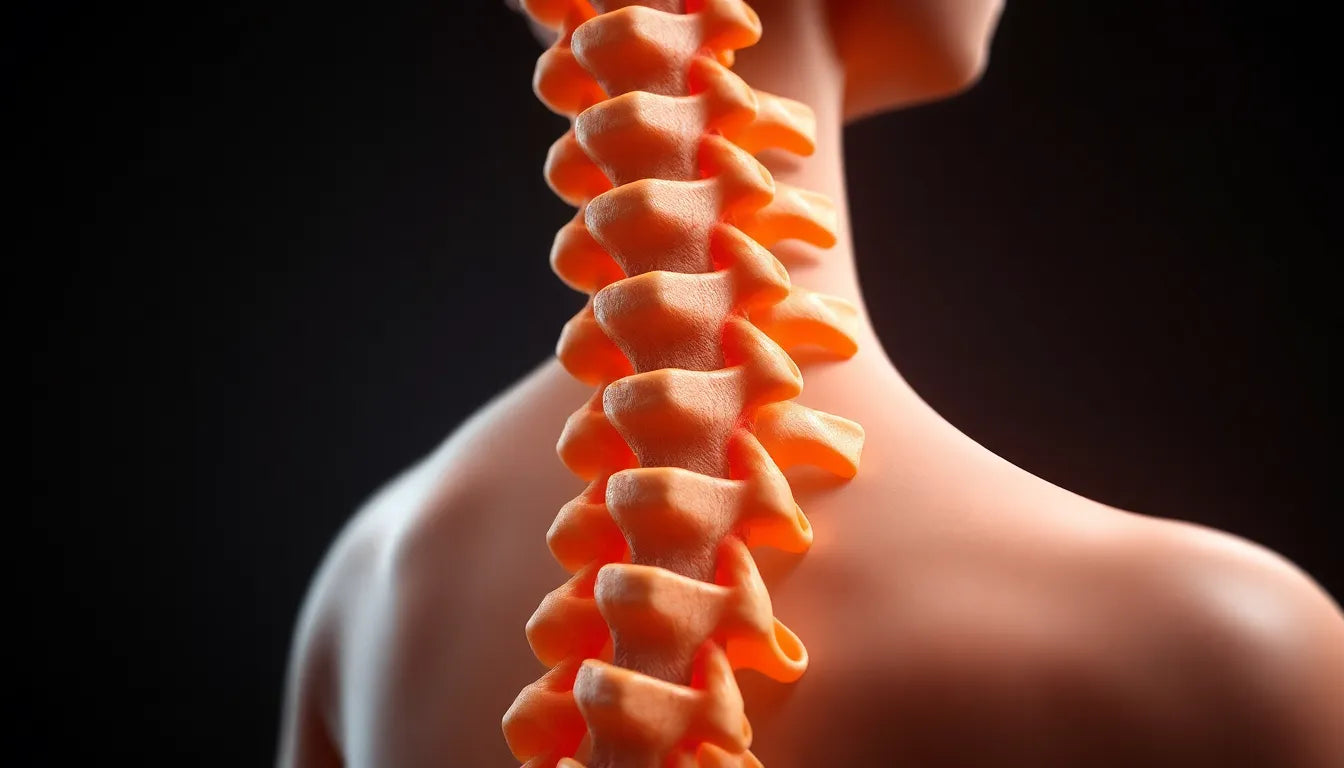Dealing with a herniated disc can be a daunting experience, as it often brings about persistent pain and discomfort that can significantly impact daily life. A herniated disc, sometimes referred to as a slipped or ruptured disc, occurs when the soft center of a spinal disc pushes through a crack in the tougher exterior casing. This condition is most commonly found in the lower back, although it can occur in any part of the spine. Typical symptoms include back pain, numbness, tingling, and even weakness in the limbs, depending on which disc is affected.
Herniated discs are more prevalent than many realize, affecting a significant portion of the population, especially those aged 30 to 50. The impact on mobility and quality of life can be profound, making even simple tasks challenging. Hence, understanding what to do for a herniated disc is crucial for those affected, as early intervention can prevent further complications and promote recovery. A variety of treatment options are available, ranging from conservative methods to more advanced interventions, offering hope for relief and improved functionality.
The search for relief
For individuals living with a herniated disc, the quest for relief can often feel like an uphill battle. The constant discomfort and limitations on movement can lead to frustration and a sense of helplessness. Many find themselves trying various remedies without achieving the desired results, which can be both discouraging and exhausting.
This blog post aims to provide a comprehensive overview of the approaches available for managing a herniated disc. From conservative treatments that focus on easing symptoms and promoting healing to surgical options for more severe cases, there is a pathway to relief for everyone. By exploring these solutions, individuals can make informed decisions about their care and take proactive steps toward recovery.
conservative treatments for herniated discs
When it comes to managing a herniated disc, conservative treatments are often the first line of defense. These approaches focus on alleviating symptoms, promoting healing, and preventing further injury. Understanding these options can empower individuals to take proactive steps toward recovery.
rest and activity modification
One of the most immediate steps in managing a herniated disc is to modify activities to reduce strain on the spine. Short periods of rest, typically one to two days, can help alleviate acute pain. However, prolonged bed rest is discouraged as it may lead to muscle stiffness and delayed recovery. Gradually resuming normal activities is crucial, as it helps maintain muscle strength and flexibility. It's important to avoid prolonged sitting or standing, which can increase pressure on the spine and exacerbate symptoms.
medications for pain relief
Over-the-counter nonsteroidal anti-inflammatory drugs (NSAIDs), such as ibuprofen and naproxen, are commonly recommended to reduce inflammation and relieve pain associated with a herniated disc. While these medications can be effective, they may also have side effects, such as gastrointestinal issues. Therefore, consulting with a healthcare provider for personalized advice is advisable, especially for those with underlying health conditions.
the role of physical therapy
Physical therapy plays a pivotal role in the recovery process for individuals with a herniated disc. A physical therapist can design a tailored exercise program aimed at strengthening the back and core muscles, improving posture, and reducing symptoms. Common exercises include gentle stretching, core stabilization, and flexibility exercises. These techniques not only aid in recovery but also help prevent future disc issues by promoting a healthy spine.
benefits of heat and cold therapy
Heat and cold therapy can provide significant relief from the discomfort of a herniated disc. Cold packs are beneficial in the initial stages of injury, as they help reduce swelling and numb sharp pain. As the inflammation subsides, heat therapy can be introduced to relax tense muscles and improve blood circulation, further aiding the healing process.
interventional treatments for herniated discs
When conservative treatments are not sufficient, interventional treatments may be considered to provide additional relief.
epidural steroid injections
Epidural steroid injections are a common interventional treatment for herniated discs. These injections deliver corticosteroids directly around the affected nerve, reducing inflammation and providing temporary pain relief. They are typically considered when oral medications and physical therapy do not offer sufficient relief and can help delay or avoid the need for surgery.
alternative injection therapies
In addition to steroid injections, newer treatments such as alpha-2-macroglobulin (A2M) injections are gaining attention. A2M is a naturally occurring protein in the body that can inhibit inflammation. By harnessing the body's own anti-inflammatory mechanisms, these injections offer a promising alternative for pain relief without the side effects associated with steroids.
lifestyle and alternative approaches
Beyond medical treatments, lifestyle modifications and alternative therapies can play a supportive role in managing a herniated disc.
Maintaining a healthy weight is crucial, as excess weight can increase spinal pressure and exacerbate symptoms. Regular exercise, including low-impact activities like yoga and pilates, can enhance flexibility and strengthen the muscles supporting the spine.
Alternative therapies such as acupuncture and massage therapy are also popular among individuals with herniated discs. These approaches can help alleviate pain and promote overall well-being, providing a holistic complement to traditional medical treatments.
By understanding and exploring these various treatment options, individuals with a herniated disc can find a path to relief that suits their unique needs and circumstances. Whether through conservative management, interventional procedures, or lifestyle changes, there is hope for improved function and quality of life.
Surgical treatments for herniated discs
When conservative and interventional treatments do not provide sufficient relief, surgical options may be considered for those with persistent or severe symptoms. Surgery is typically viewed as a last resort, reserved for cases where other treatments have failed to alleviate the pain or when there are significant neurological deficits.
indications for surgery
Surgery for a herniated disc is generally recommended when the patient experiences persistent pain that does not improve after six weeks of conservative treatment. Other indications include progressive neurological symptoms, such as numbness, muscle weakness, or loss of bladder or bowel control. These symptoms suggest nerve compression that may require surgical intervention to prevent further damage.
types of surgical procedures
Several surgical procedures are available to treat a herniated disc, each with its own benefits and considerations.
microdiscectomy
Microdiscectomy is a minimally invasive procedure that involves removing the protruding portion of the herniated disc to relieve pressure on the affected nerve. This surgery is often recommended for patients with a single-disc herniation and aims to provide rapid pain relief and recovery.
laminectomy
In a laminectomy, a portion of the vertebral bone, known as the lamina, is removed to create more space for the spinal cord or nerves. This procedure is typically considered when there is significant spinal stenosis or nerve compression, offering relief from pain and neurological symptoms.
disc replacement
In select cases, disc replacement may be an option. This involves removing the damaged disc and replacing it with an artificial one, aiming to maintain normal spine movement. This procedure is generally recommended for younger patients with specific indications.
Summary of treatment options
Understanding the range of treatment options for a herniated disc can help individuals make informed decisions about their care. From conservative methods to surgical interventions, each approach offers unique benefits and considerations.
| Treatment | Overview |
|---|---|
| Rest & Activity Modification | Short periods of rest followed by gradual return to activities; avoid prolonged sitting/standing. |
| Medications | Use of NSAIDs for pain relief; consult a healthcare provider for advice. |
| Physical Therapy | Exercises to strengthen back and core muscles, improve posture, and reduce symptoms. |
| Heat & Cold Therapy | Cold packs reduce swelling; heat relaxes muscles and improves circulation. |
| Epidural Steroid Injections | Injections to reduce inflammation around the affected nerve for temporary relief. |
| Alternative Injections | A2M injections use natural anti-inflammatory proteins for pain relief. |
| Lifestyle Modifications | Weight loss, yoga, pilates, acupuncture, and massage to support recovery. |
| Surgery | Considered for severe or persistent cases; includes microdiscectomy, laminectomy, and disc replacement. |
Frequently asked questions
What activities should I avoid with a herniated disc?
It is advisable to avoid activities that can exacerbate symptoms, such as heavy lifting, prolonged sitting, or engaging in high-impact sports. These activities increase pressure on the spine and may worsen the condition.
What exercises are safe for a herniated disc?
Safe exercises for individuals with a herniated disc include walking, swimming, and specific stretches that do not strain the back. These activities help maintain flexibility and strength without putting undue stress on the spine.
When should I see a doctor for a herniated disc?
If symptoms persist despite conservative treatment or if there are signs of severe nerve damage, such as loss of bladder or bowel control, it is important to seek medical attention promptly. Early intervention can prevent further complications and promote recovery.
Final thoughts
Most cases of herniated discs improve with appropriate management, and a combination of treatments tailored to individual needs can offer significant relief. By exploring both conservative and advanced options, individuals can find a path to recovery and improved quality of life.
Sources
- Mayo Clinic. "Herniated Disk – Diagnosis and Treatment."
- Cleveland Clinic. "Herniated Disk (Slipped or Bulging Disk)."
- Sciatica.com. "11 Treatment Options for Herniated Discs."
- NYU Langone Health. "Nonsurgical Treatments for Herniated Disc."
- Cuellar Spine. "Herniated Disc Treatment Options."
- AAOS OrthoInfo. "Herniated Disk in the Lower Back."



